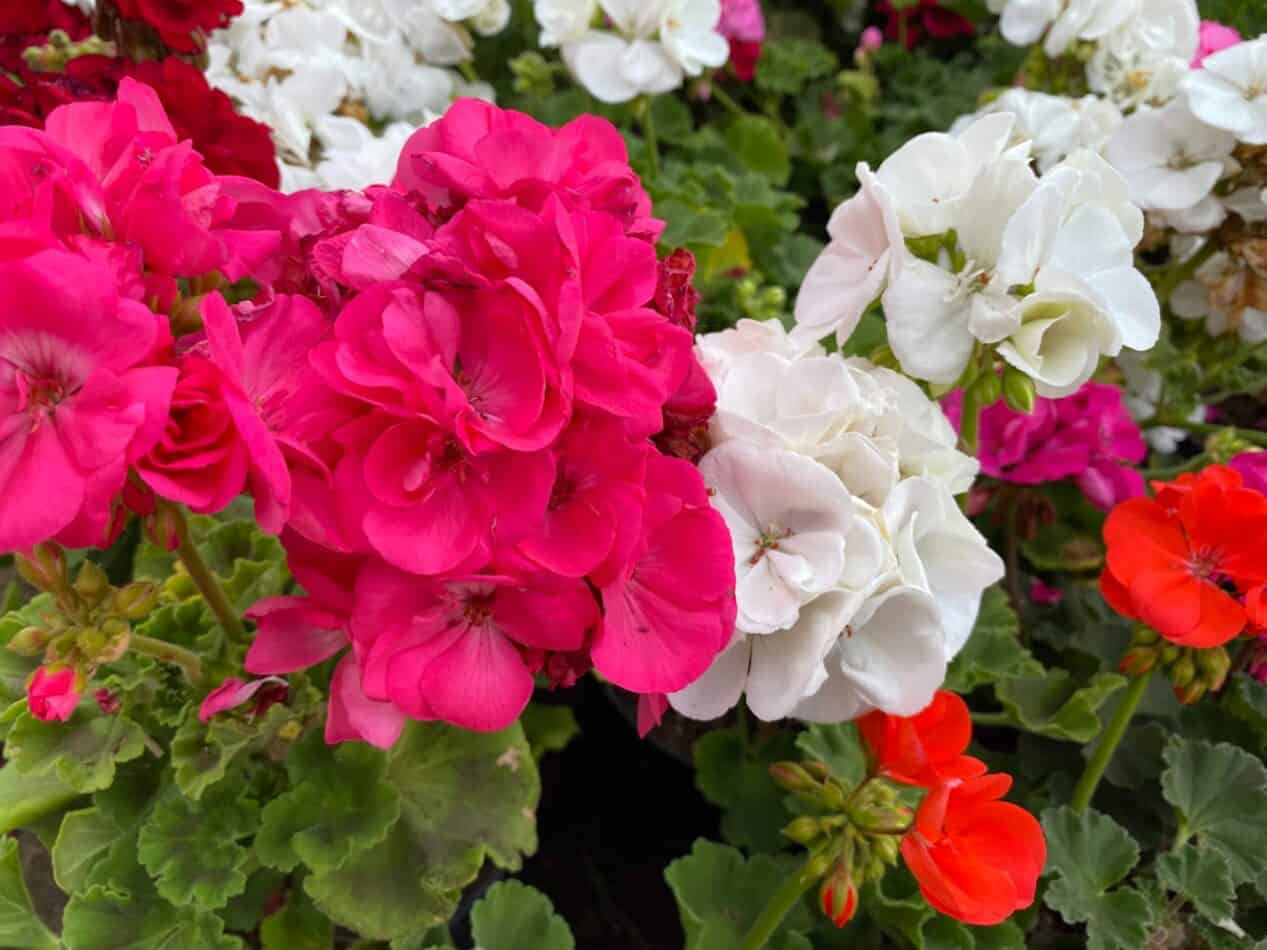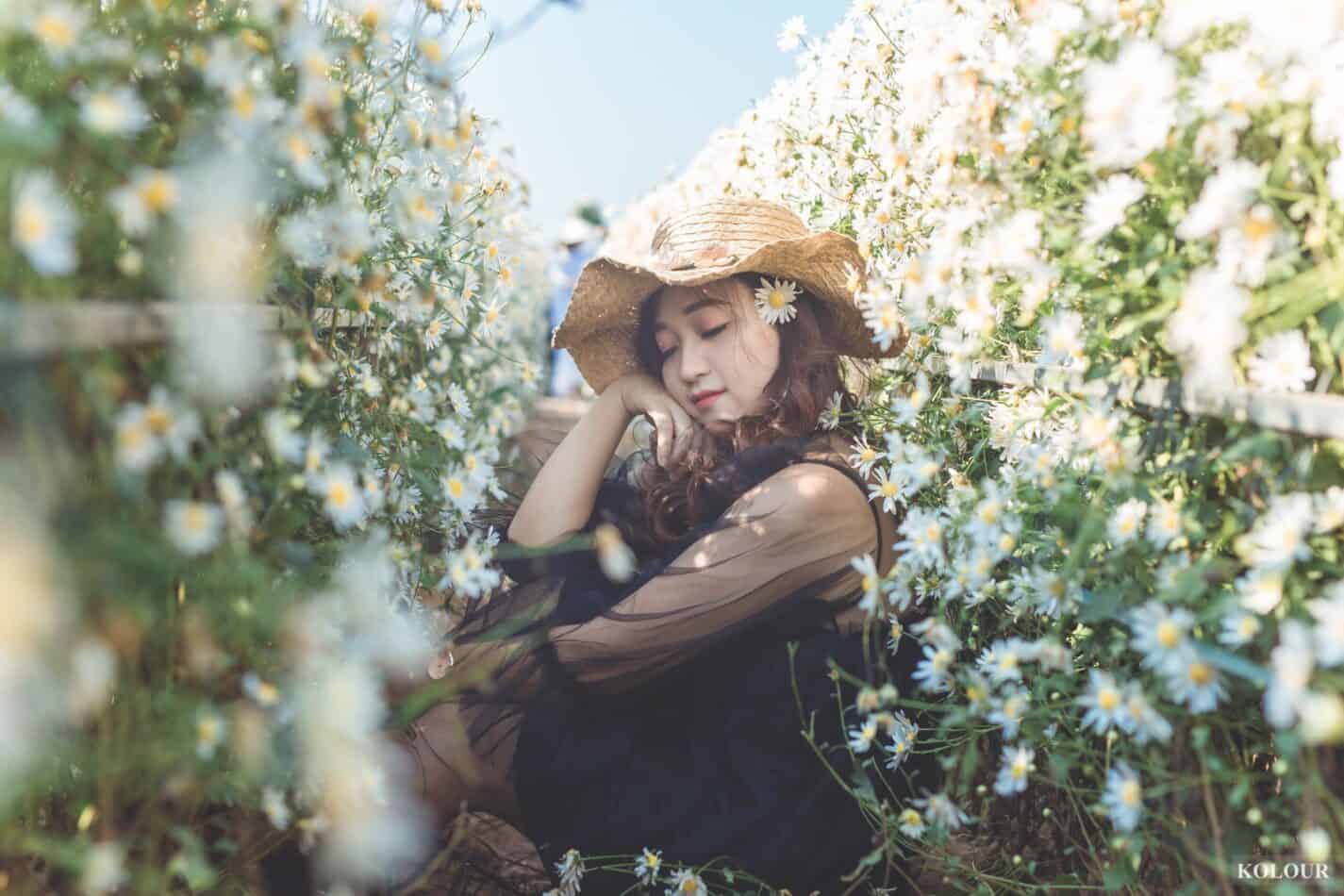Erigeron Glaucus, or Seaside Daisy, is a low-growing perennial flower native to the coastal regions of Oregon and California. This lovely flower typically produces pink-lavender-colored ground cover and its centres are a bright yellow shade, giving it a resemblance to other daisies. It is very versatile; it can thrive in both indoor and outdoor environments and in bloom, it can provide a splash of color to any garden. The flower belongs to the family Asteraceae, and is a perennial.
How to Plant
Erigeron Glaucus needs to be planted in a partial shade area to ensure the best performance and for the flowers to last longer. The soil needs to have excellent drainage with good organic matter and a pH of 6-7. The flower does not tolerate any standing water, so planting it in raised beds or mounds is recommended. The plant does not require a lot of water, but needs to be consistently moist during the hottest months, and it tends to wilt if it dries out for long periods of time. Seaside Daisies are usually pest and disease-free and do not require fertilizer, so long as they are planted in nourished, nutrient-rich soil.
Meaning and Symbolism
Erigeron Glaucus flowers are typically the embodiment of joy and celebration, often gifted for special occasions such as birthdays and anniversaries. The flower gets its name from the Greek words ‘erigeros,’ which means ‘early-old,’ and ‘glaukos,’ which means ‘grayish-blue-green;’ alluding the greyish-blue-green color of the flower’s foliage when in bloom, usually during the late summer. As a reminder of its name, the Erigeron Glaucus works best in an environment that is protected from the hot summer sun, either in a lightly shaded or filtered light area.
History, Mythology and Religious Significance
The Erigeron Glaucus, or Seaside Daisy, is said to have originated in the coastal plains of northern California and southern Oregon. Its native environment was mostly characterized by long periods of fog, mild temperatures and frequent and heavy rains. For these reasons it was mainly found in areas close to the ocean and adapted quickly to the wild Mediterranean climate of the coast.
The flower has been known for centuries for its healing and spiritual powers. In Ancient Greece, the Erigeron Glaucus was often used in ceremonies to encourage fertility and as an offering to the gods and goddesses. In the Christian tradition, the flower was used symbolically to represent the gift of Baptism and was used to create chaplets for Christian martyrs.
Flower Varieties and their Defining Characteristics
Erigeron Glaucus comes in two varieties; the Seaside Daisy or Erigeron Glaucus and the Seaside Daisy or Erigeron Glaucus Formosa. The difference between the two is mainly in terms of flower size and color. The Seaside Daisy has small, white flowers while the Erigeron Glaucus Formosa has larger, pink-lavender flowers.
How to Pot and Repot
Erigeron Glaucus flowers require minimal repotting because their roots do not grow too quickly. The potting mix best suited for a Seaside Daisy is one that is well-draining, loose and with an acidic pH level of 6.5-7.5. Keep in mind that adding compost to the potting soil will provide more nutrients for the flower and help with drainage. Be sure to repot the flower every year or every other year, with fresh potting soil.
How to Prune
The Seaside Daisy should be pruned during the winter, when the plant is dormant. To avoid damaging the flower and leaving it defenseless from pests, it is best to use the ‘dead-heading’ technique, where you can simply pinch off the spent flower heads. This will help promote new flowering and keep the flower looking clean and healthy. Pruning too drastically can backfire, as geraniums grow as much from their base as they do from their tips.
How to Propagate
Erigeron Glaucus or Seaside Daisy is most commonly propagated through stem cuttings. Start by taking the cutting from a healthy stem at the base of the plant during the Spring or Fall season. Then, prepare a potting mix that has good drainage and organic matter. Plant the cuttings 6-8 cm deep, and water the soil gently but consistently. Place the pot in a sunny window and remember to always keep the soil moist. Lastly, regular pruning and dead-heading will ensure your new cutting continues to thrive and grow.
Common Pests and Diseases
The Seaside Daisy is a drought tolerant plant, but it can still be prone to various pests and disease if not taken care of properly. Some of the most common pests affecting this flower are aphids, mealybugs, and slugs. Diseases such as powdery mildew, rust, and bacterial leaf spot can also occur due to over-watering or not providing enough sunlight. To avoid these problems, be sure to water your Erigeron Glaucus often, but not too much, and provide plenty of sun.
Three Frequently Asked Questions
1. What is the difference between Erigeron Glaucus and Daisy?
The Erigeron Glaucus, or Seaside Daisy, is a perennial flower native to the coastal regions of Oregon and California, while Daisy is a broad term for a flower with a yellow disc and ray florets that are traditionally white.
2. When is the best time to plant Erigeron Glaucus?
The best time to plant Erigeron Glaucus is in mid-spring or early summer. The planting should take place in a partial shade area with good organic matter and fabulous drainage.
3. What kind of soil does Seaside Daisy need?
The soil should be well-draining, with good organic matter, and a pH level of 6.5-7.5. The plant does not require much water and does not need to be fertilized, so long as the it is planted in nutrient-rich soil.
Table Fact Sheet
| Seaside Daisy | Erigeron Glaucus | Family | Plant Type | Mature Size | Sun Exposure | Soil Type | Soil pH | Bloom Time | Flower Color | Hardiness Zones | Native Area |
|---|---|---|---|---|---|---|---|---|---|---|---|
| Seaside Daisy | Erigeron Glaucus | Asteraceae | Perennial | 8 to 12 inches | Partial shade | Well-draining | 6.5-7.5 | Late Summer | Pink-lavender | 7 to 10 | Oregon and California, USA |
What we love from Amazon this week
Buy these wonderful flowers directly from Amazon:















